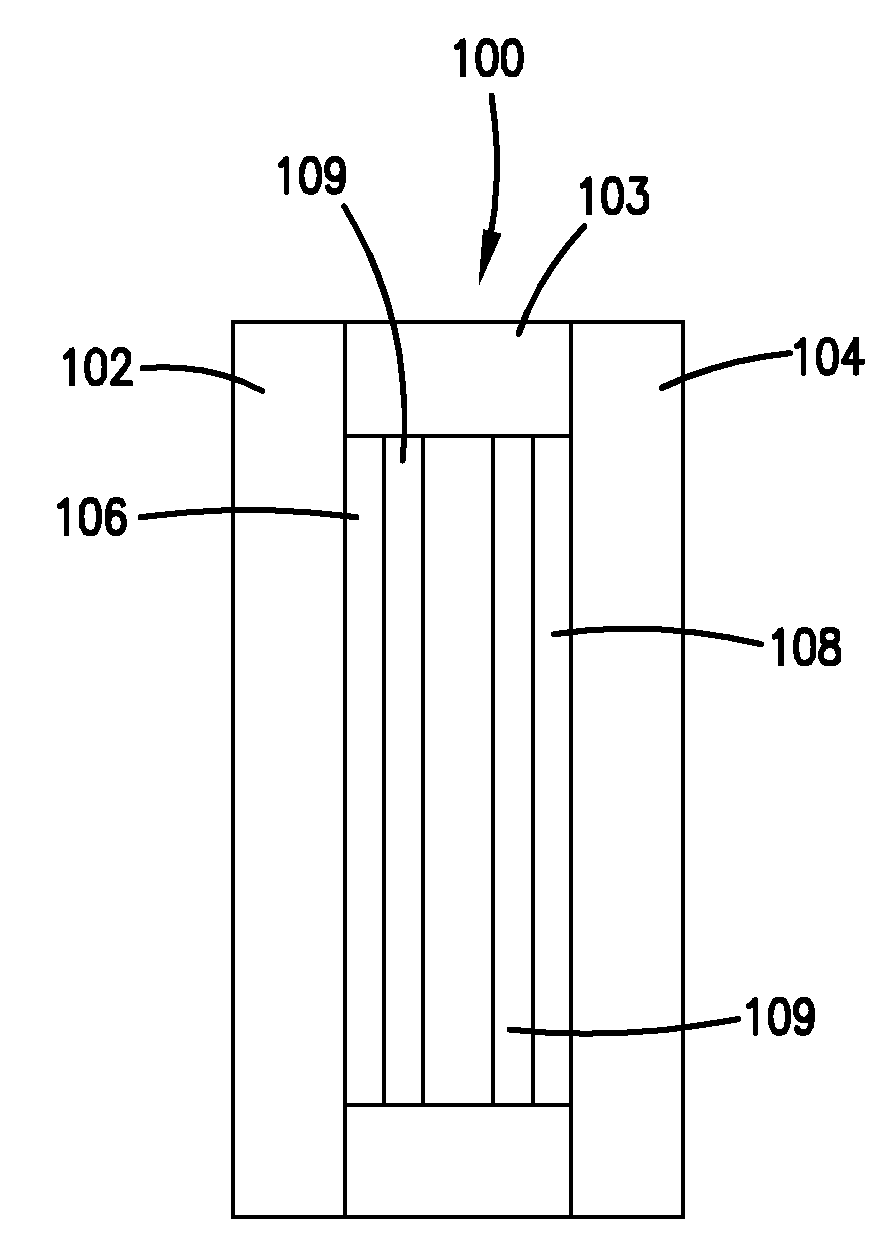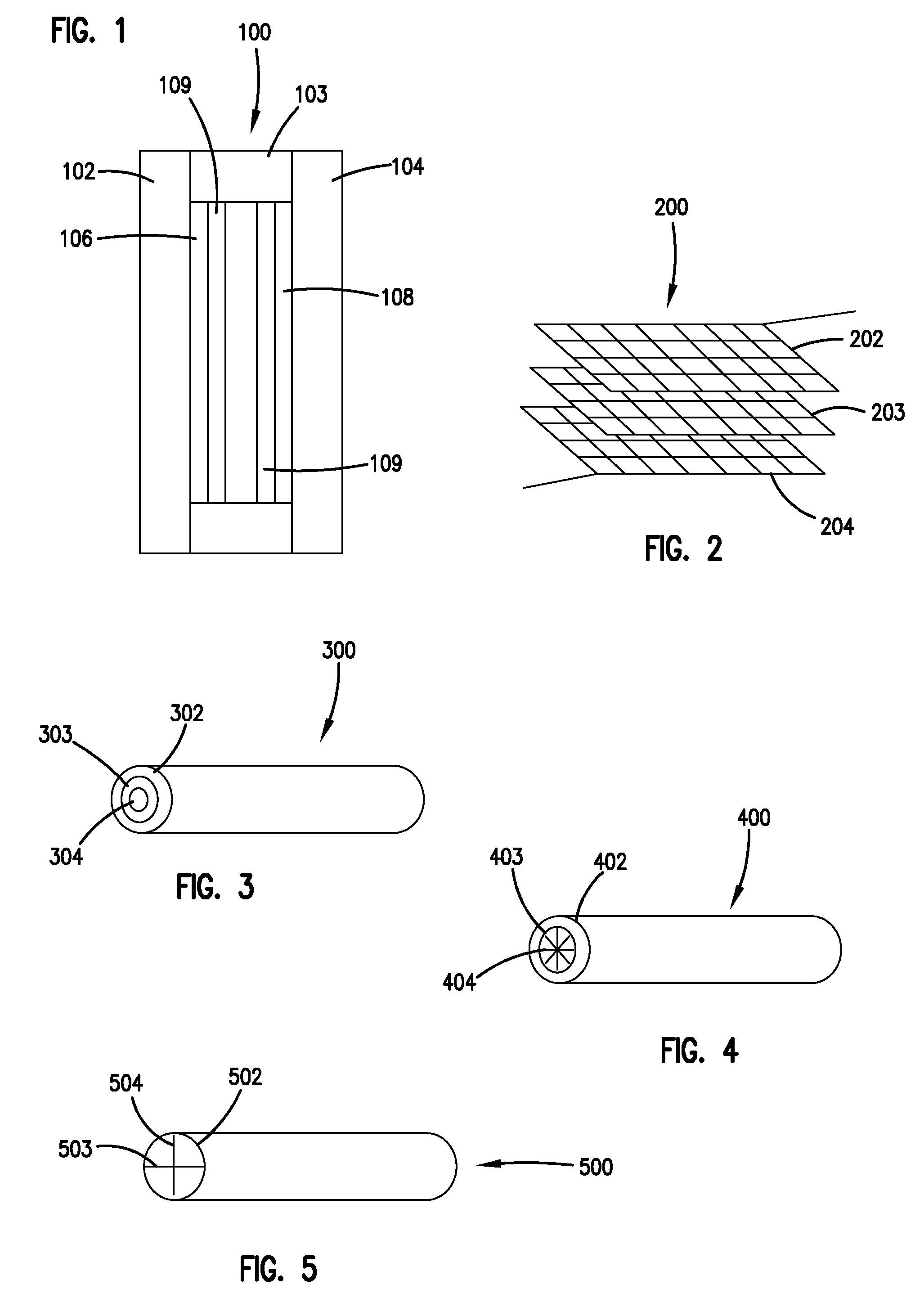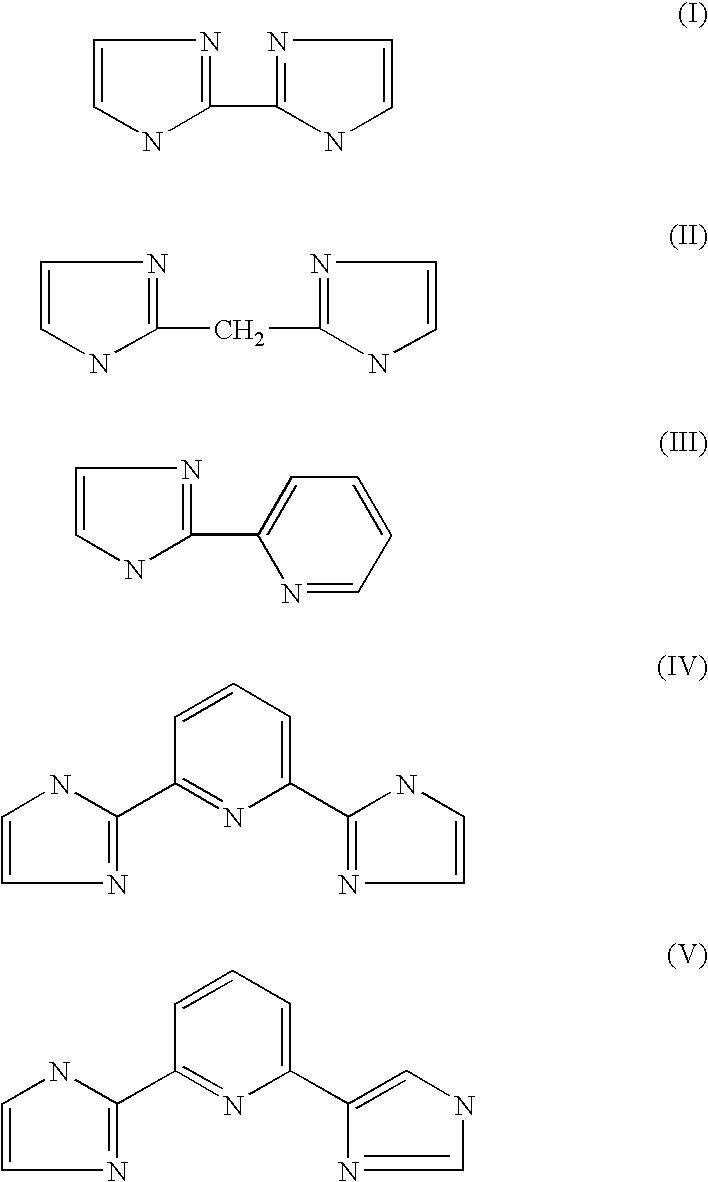Biological fuel cell and methods
a fuel cell and biofuel technology, applied in the field of biofuel cells, can solve the problems of difficult preparation and implementation of devices, inability to meet the needs of users,
- Summary
- Abstract
- Description
- Claims
- Application Information
AI Technical Summary
Benefits of technology
Problems solved by technology
Method used
Image
Examples
Embodiment Construction
[0017]The present invention is believed to be applicable to fuel cells and methods of manufacture and use. In particular, the present invention is directed to fuels cells capable of using compounds from biological systems as fuel and methods of manufacture and use. For example, fuel cells can be made that oxidize biochemicals available in the body of an animal, in a plant, or in plant residue. Examples of oxidizable biochemicals include sugars, alcohols, carboxylic acids, carbohydrates, starches, and cellulose. The fuel cell can be implanted in a portion of the animal or plant where a fluid, such as blood or sap, flows or the fuel cell can operate utilizing tissue or fibers, particularly, cellulose, as a fuel. While the present invention is not so limited, an appreciation of various aspects of the invention will be gained through a discussion of the examples provided below.
Fuel Cell
[0018]The fuel cells of the invention typically operate using, as fuel, compounds available in a biolo...
PUM
| Property | Measurement | Unit |
|---|---|---|
| open circuit voltage | aaaaa | aaaaa |
| voltage | aaaaa | aaaaa |
| redox potential | aaaaa | aaaaa |
Abstract
Description
Claims
Application Information
 Login to View More
Login to View More - R&D
- Intellectual Property
- Life Sciences
- Materials
- Tech Scout
- Unparalleled Data Quality
- Higher Quality Content
- 60% Fewer Hallucinations
Browse by: Latest US Patents, China's latest patents, Technical Efficacy Thesaurus, Application Domain, Technology Topic, Popular Technical Reports.
© 2025 PatSnap. All rights reserved.Legal|Privacy policy|Modern Slavery Act Transparency Statement|Sitemap|About US| Contact US: help@patsnap.com



